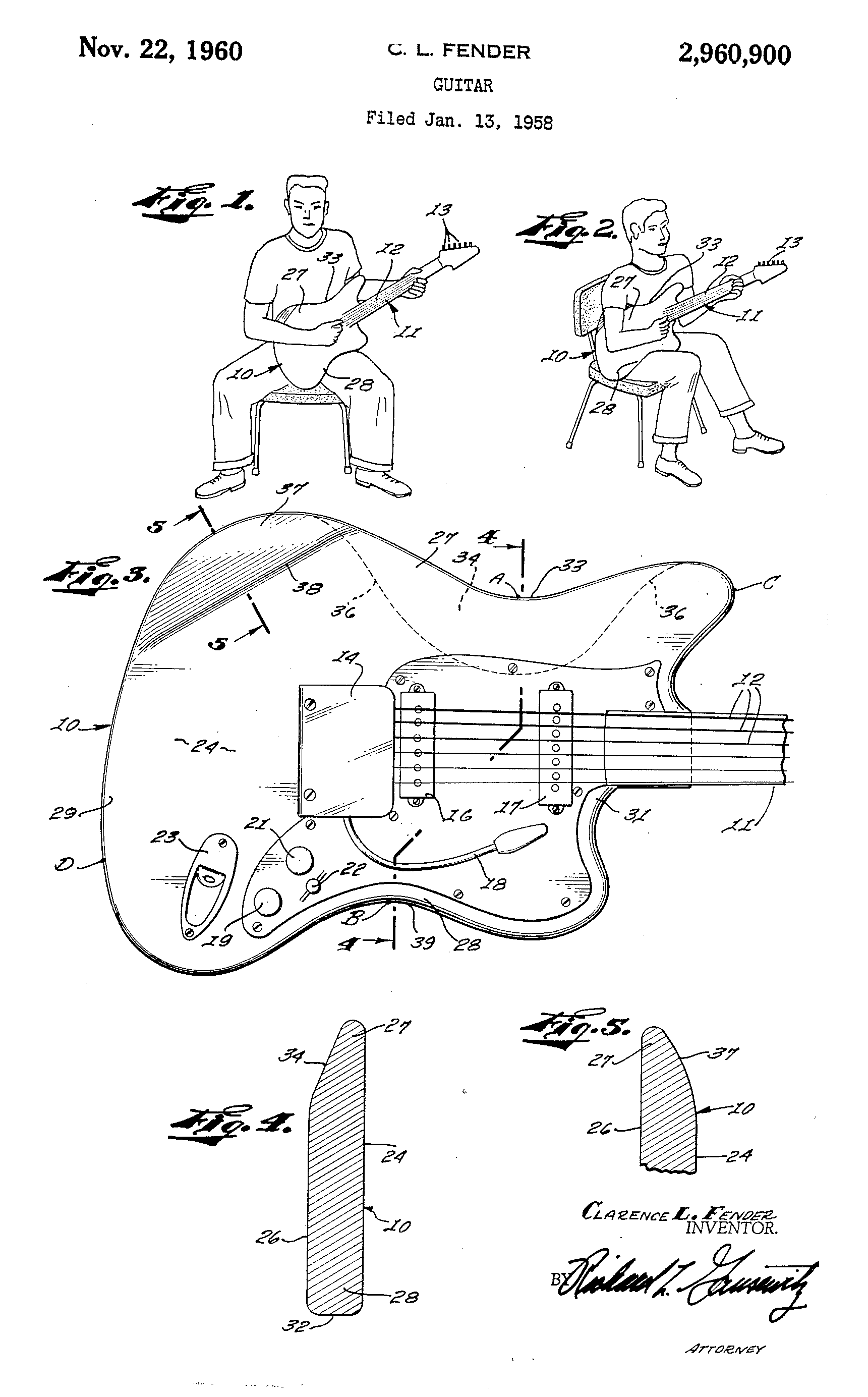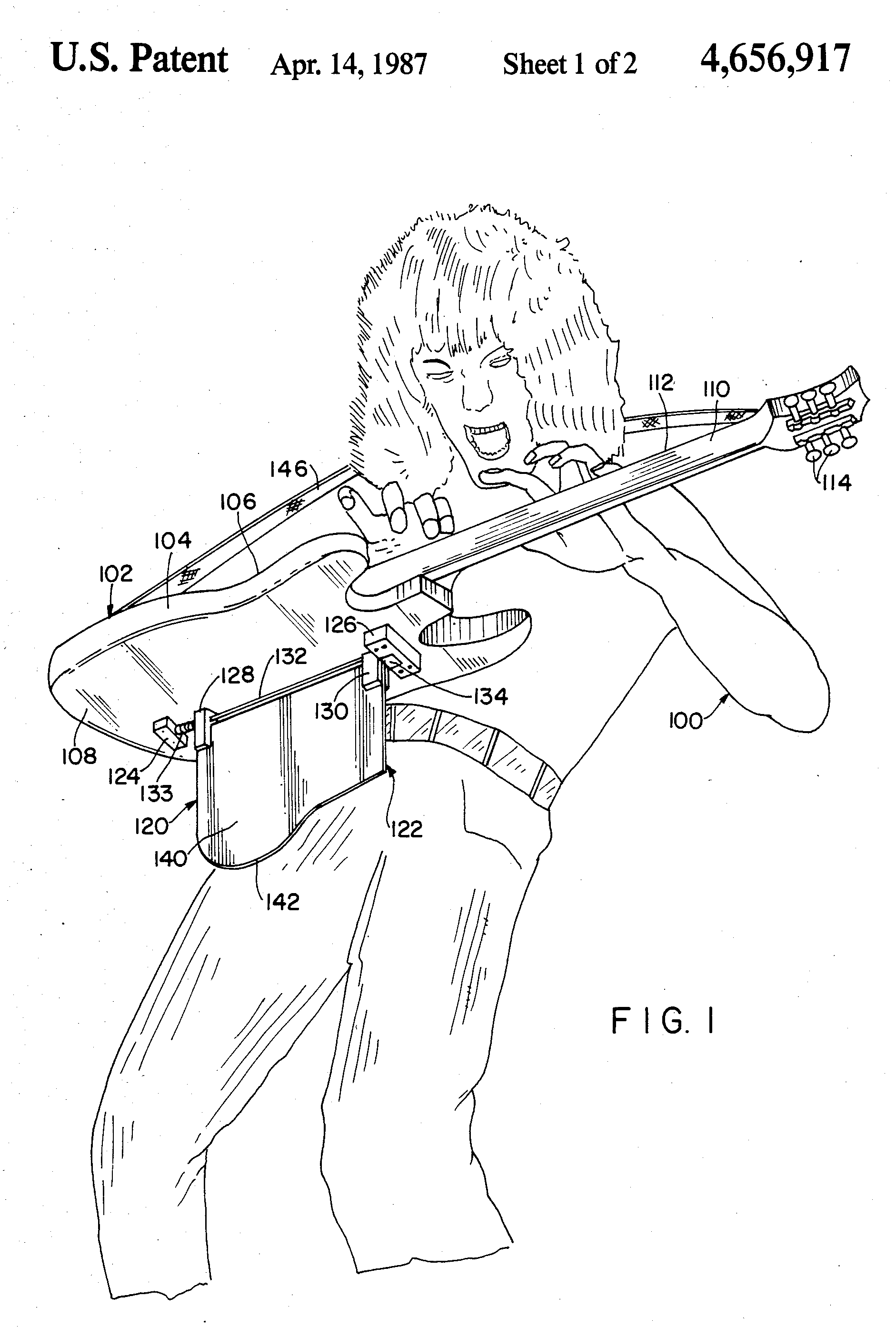Music is a vital part of our cultural expression, and perhaps no musical instrument has shaped the development of music as much as the guitar.
From acoustic to electric, the guitar has gone through various transformations. However, what transformed the guitar and its place in popular music was the development of the electric guitar. The sound of a vibrating guitar string into an electrical signal allowed the instrument’s sound to be amplified and showcased in rock and roll classics and modern-day music.
Despite the 20th Century improvements to the steel-stringed guitar, musicians found that the guitar was simply too quiet for many forms of modern music. This meant that by the big band jazz era, the guitar was relegated to a second-tier instrument in many ensembles, while brass instruments and the saxophone took on a more prominent position in bands. The guitar became a rhythm instrument until the instrument’s sound became amplified.
Although many people tried to amplify the guitar’s sound using attached microphones or telephone transmitters, it was an electrical engineer named Adolph Rickenbacker who would convert the vibrations of the guitar strings into a clear resonant sound. The resultant ‘Frying Pan’ guitar became the first commercially viable amplified guitar. Hawaiian bands were the first to use the new guitars, but they quickly found their way to Western swing bands and jazz bands.
However, the feedback created by the traditional hollow-bodied guitar spurred several players and makers to try and develop a more suitable design. One maker was Leo Fender, an American inventor and founder of Fender Electric Instrument Manufacturing Company. While Fender had already patented a lap steel guitar, he recognized the need for an electric guitar that was easy to hold, tune and play.

In 1948, Fender finished the prototype for a thin-body electric guitar. In 1950, it was released and became one of the most popular electric guitars in history. During this time, Fender was also tackling problems experienced by players of the acoustic double bass. While their volume couldn’t compete with other musicians, the instrument was also large, bulky, and difficult to transport. Fender remodeled the bass guitar and introduced a bass amplifier, the Fender Bassman. In 1960, Fender invented the Jazz Bass, an updated bass with a slimmer neck. It was an instant hit and has remained popular to this day.
As guitars improved, so did their accessories. In 1985, late musician Eddie Van Halen filed a patent for his guitar rest invention. The rest allowed musicians to play their instrument with total freedom. The supporting device is constructed to support the instrument while the musician can create new sounds and play the guitar in a new way.

Throughout history, guitars have retained their influence as an iconic instrument in music. Through persistent innovations that have changed the shape and sound of the instrument, inventors like Fender have helped guitars continue to play a key part in the future of music.
